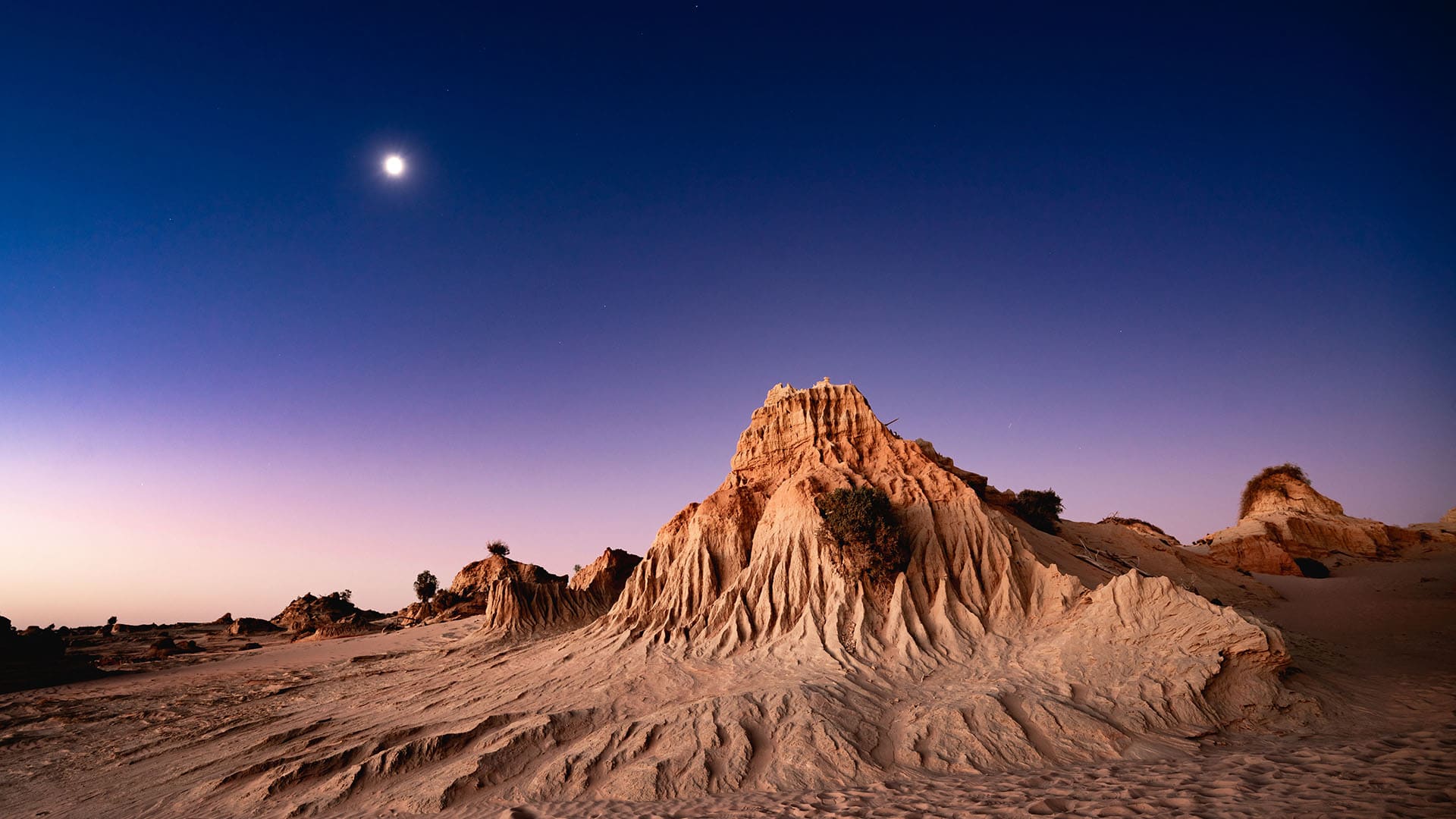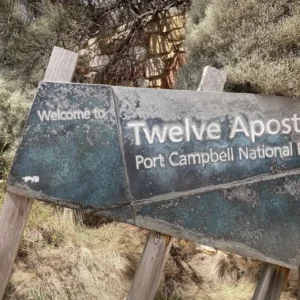
Mungo National Park, a UNESCO World Heritage site located in New South Wales, Australia, offers a unique glimpse into the rich geological history and cultural heritage of the area. Known for its striking landscapes and significant archaeological findings, this national park is an ideal destination for nature enthusiasts, historians, and adventurers alike. With its vast dry lakes, ancient sand formations, and a plethora of flora and fauna, Mungo National Park promises an unforgettable experience for visitors. This guide will explore everything from the park’s history and attractions to practical tips for a fulfilling visit, ensuring you make the most of your trip.
History and Significance
Mungo National Park is renowned for its profound historical significance, particularly concerning Indigenous Australian culture. The park is not only home to the ancient Lake Mungo but also to the remains of Mungo Man and Mungo Woman, which are estimated to be over 40,000 years old. These archaeological finds have provided invaluable insights into the lives of Aboriginal people who inhabited the region long before European settlement. The park’s landscape is also shaped by the processes of erosion and climate change, revealing layers of sediment that document the environmental changes over thousands of years.

The park is steeped in the stories and traditions of the local Paakantyi and Mutthi Mutthi people, who still maintain a spiritual connection to the land. Their custodianship is reflected in numerous cultural sites scattered throughout the park. Visitors can engage with this rich heritage through guided tours and interpretative signage, which offer a deeper understanding of the Indigenous significance of the area. Overall, Mungo National Park serves as a vital link between the present and the past, showcasing the enduring legacy of Australia’s First Nations people.
Geological Features
The geological formations of Mungo National Park are among the most remarkable in Australia, characterized mainly by the vast semi-arid landscapes of the Mungo Lake basin. The park features stunning lunette formations, which are crescent-shaped dunes formed from sediments blown by winds over many thousands of years. These dunes are especially evident on the eastern banks of Lake Mungo, providing a visual spectacle unlike any other. Here, the interplay of light and shadow creates a remarkable landscape that captures the essence of the Australian outback.

Visitors can enjoy exploring the unique environmental characteristics that define this park, including the “Walls of China.” This natural escarpment showcases dramatic clay formations sculpted by wind and water over millennia. The contrasting colors and textures create a breathtaking backdrop for photography and contemplation. Moreover, Mungo National Park is home to various plant and animal species that have adapted to the harsh environment, making it an excellent locale for wildlife observation and appreciation. Thus, the park stands as a testament to the intricate relationship between geological processes and natural history.
Things to Do in Mungo National Park
Mungo National Park offers a plethora of activities for visitors eager to explore its natural beauty and rich heritage. Here are some of the top attractions and activities you can enjoy:
- Guided Tours: Join a guided tour to learn more about the park’s history, geology, and Indigenous culture. Experienced guides can provide insights that enhance your understanding of the landscape.
- Self-Drive Exploration: For those who prefer to explore at their leisure, designated drives through the park provide access to various viewpoints and attractions, including the Walls of China and Lake Mungo.
- Camping: Spend a night under the stars at one of the camping areas within the park. It’s a unique way to experience the quiet beauty of the outback after sunset.
- Wildlife Watching: Keep an eye out for the diverse wildlife species that inhabit the region. Birdwatching is particularly rewarding, with many migratory species visiting Mungo during specific seasons.
- Photography: The stunning landscapes and changing light conditions offer incredible opportunities for photography enthusiasts.
By choosing any of these activities, visitors can immerse themselves fully in the breathtaking environment of Mungo National Park while appreciating its ecological and cultural significance.

Visiting Mungo National Park: Tips and Recommendations
Before embarking on your adventure to Mungo National Park, here are some helpful tips to enhance your visit:
- Check Weather Conditions: Mungo National Park is located in a semi-arid region, and conditions can be extreme. Ensure that you check the weather forecast and prepare accordingly, especially during the hotter months.
- Be Prepared: Bring plenty of water, snacks, first aid supplies, and sun protection, as amenities within the park are limited.
- Respect Cultural Sites: Always be respectful of the Indigenous heritage and follow guidelines when visiting culturally significant sites within the park.
- Visit the Visitor Centre: Stop by the Mungo Visitor Centre to gather maps, brochures, and engage with the staff for recommendations, ensuring a comprehensive understanding of the park before exploring.
- Plan Your Trip: Allocate ample time to explore the different areas of the park and consider staying overnight to experience the tranquility of the location fully.
By keeping these tips in mind, you can ensure a safe, respectful, and enriching experience during your visit to Mungo National Park.
Conclusion
Mungo National Park is a treasure trove of natural wonders, profound cultural significance, and breathtaking geological features. Whether you’re there to learn about the rich Indigenous history, explore the unique landscapes, or engage in outdoor activities, the park provides an experience that is both educational and exhilarating. As you plan your visit, remember to respect the land and its heritage, ensuring that future generations can also experience the beauty and history that Mungo National Park has to offer.
FAQs
Mungo National Park is known for its ancient archaeological sites, including the remains of Mungo Man and Mungo Woman, as well as its unique geological formations, including the Walls of China and expansive dry lake beds.
2. Is there camping available in Mungo National Park?
Yes, there are designated camping areas within Mungo National Park, offering a chance to experience the outback’s quiet beauty and stunning night skies.
3. What is the best time to visit Mungo National Park?
The best time to visit is during the cooler months from April to October when temperatures are more manageable, and wildlife is more active.
4. Are guided tours available in the park?
Yes, guided tours are offered, allowing visitors to learn about the park’s history, geology, and Indigenous culture from experienced guides.
5. What should I bring for my visit to Mungo National Park?
Bring plenty of water, snacks, sun protection, first aid supplies, and a camera for photographs to enhance your exploration of the park.




